Blogs & News
We are focus on automotive wiring harness & connectors technology.
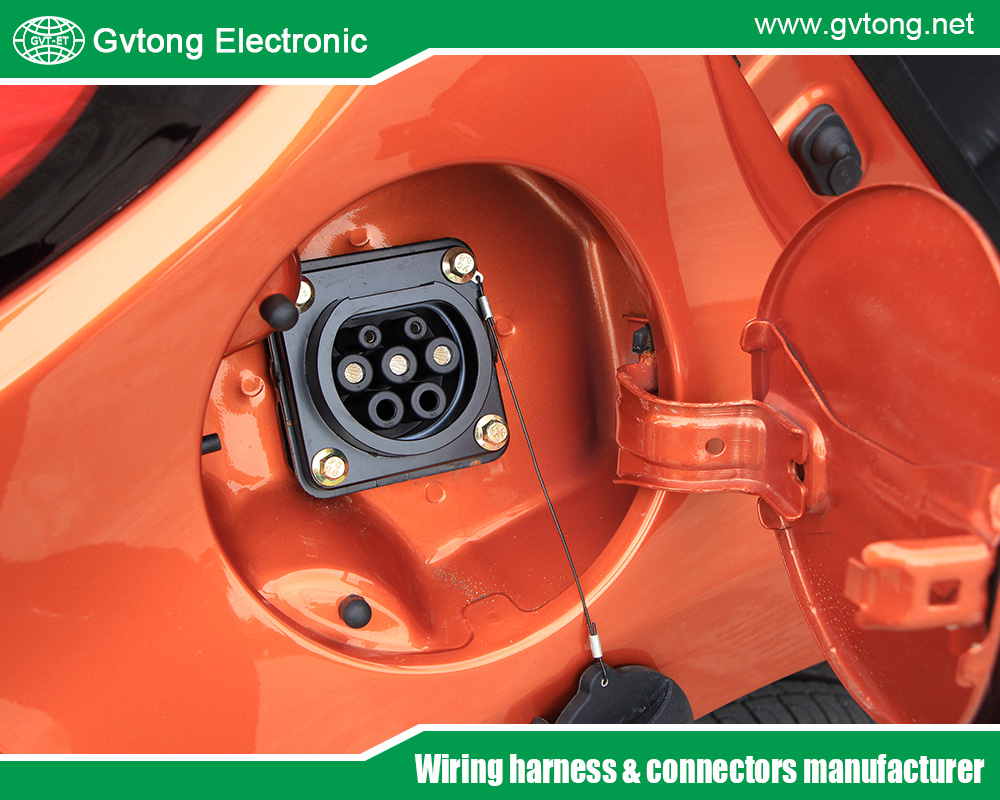
Types Of Automotive Low Voltage Electrical Wiring Connectors
- Gvtong Electronic
- Automotive and Sealed PCB Wire Connectors, automotive electrical connector manufacturers, automotive electrical connector types chart, Automotive electrical connectors types, automotive electrical connectors waterproof, automotive low voltage connectors, automotive low voltage electrical wiring connectors, automotive wiring harness connectors and terminals, Best automotive low voltage connectors, Custom Low Voltage Vehicle Automotive Connectors, low voltage connectors types, Low Voltage Signal Connector Solutions Automotive, odm automotive wiring connectors, oem automotive wiring connectors, Wire Connectors for Automotive and Electrical Use
- No Comments
Types Of Automotive Low Voltage Electrical Wiring Connectors
Automotive low voltage electrical wiring connectors are indispensable components in modern vehicles, acting as the vital links that facilitate the flow of electricity across various systems. These connectors typically operate at 12V or 24V, powering essential components such as lights, sensors, control modules, and entertainment systems. Without reliable connectors, the intricate network of electrical circuits in a vehicle would be susceptible to failure, potentially compromising safety, performance, and comfort.
The automotive industry employs a variety of connector types, each tailored to specific needs based on factors like current capacity, environmental conditions, and ease of disconnection. Understanding these connectors is crucial for anyone involved in vehicle maintenance, repair, or modification. This article explores the most common types of automotive low voltage electrical wiring connectors—bullet connectors, spade connectors, ring terminals, butt connectors, pin connectors, Deutsch connectors, and Weatherpack connectors. We’ll delve into their designs, materials, applications, and key considerations for selection, alongside best practices for installation and maintenance, and a brief look at their historical evolution and future trends.
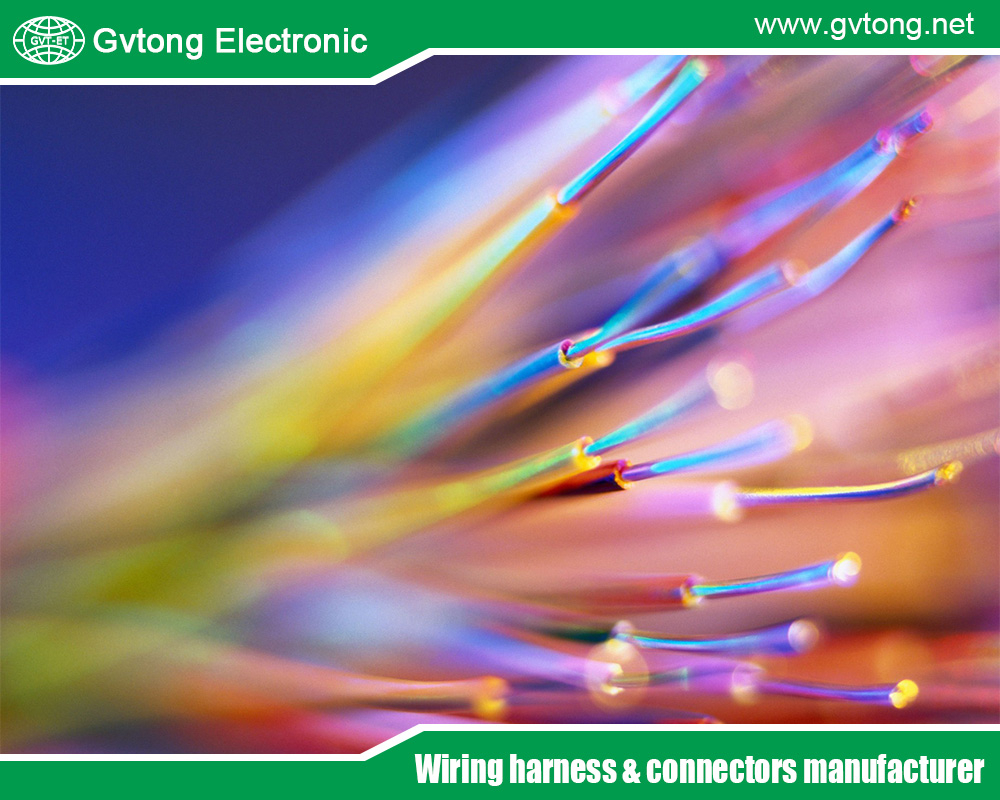
1. Bullet Connectors
Bullet connectors are among the simplest and most widely used connectors in automotive electrical systems. They feature a male plug—a cylindrical metal pin—and a female socket—a hollow cylinder into which the plug is inserted. The connection is made by pushing the plug into the socket and can be easily undone by pulling them apart.
Typically constructed from brass or copper with tin or nickel plating to resist corrosion, bullet connectors come in sizes accommodating wire gauges from 22 AWG to 10 AWG. They are ideal for low-current applications, such as interior lighting, dashboard illumination, or small accessory circuits, due to their simplicity and tool-free connectability. For instance, if a vehicle’s headlights flicker intermittently, it might stem from loose bullet connectors affected by vibration—highlighting a practical limitation.
While cost-effective and user-friendly, bullet connectors are not suited for high-current tasks, as the connection may loosen over time, increasing resistance and risking overheating. Their unsealed nature also makes them vulnerable in moist or dirty environments. Nonetheless, they remain a popular choice for appropriate low-demand applications.
2. Spade Connectors
Spade connectors, also known as blade connectors, consist of a male terminal with a flat, spade-shaped blade and a female terminal with a slot that accepts the blade. The connection is formed by sliding the blade into the slot, often with an optional locking mechanism for added security.
Made from brass or copper with corrosion-resistant plating, spade connectors are available in sizes for wire gauges from 22 AWG to 10 AWG and are often color-coded for easy identification. They are commonly used in applications requiring occasional disconnection, such as fuse boxes, relay sockets, and switch connections. Their flat blade design offers a larger contact area than bullet connectors, enhancing connection stability.
Spade connectors are versatile, handling both low and moderate currents effectively. However, like bullet connectors, they lack sealing, making them unsuitable for wet or dusty conditions. Proper installation involves ensuring the blade is fully inserted and any locking mechanism is engaged to prevent unintended disconnection.
3. Ring Terminals
Ring terminals are designed for secure, permanent connections, especially in high-current scenarios. They feature a metal ring that attaches to a terminal post or stud via a screw or bolt, with the opposite end crimped or soldered to a wire.
Constructed from copper or brass with tin plating for corrosion resistance, ring terminals come in various sizes to match different wire gauges and stud dimensions. They are widely used for battery connections, starter motors, and grounding points, where a robust, high-current connection is critical. In high-performance racing, for example, ring terminals ensure battery connections withstand intense current demands without dislodging.
Their primary advantage is reliability under vibration or mechanical stress, making them ideal for demanding environments. However, they require a screw or bolt removal for disconnection, limiting their use in applications needing frequent access. Correct sizing and tight fastening are essential to maintain a solid connection.
4. Butt Connectors
Butt connectors facilitate end-to-end wire splicing, creating a permanent inline connection. They consist of a metal tube—often insulated—into which two stripped wire ends are inserted and then crimped or soldered.
Made from copper or aluminum with tin plating, butt connectors are available in sizes for various wire gauges. They are frequently employed in automotive wiring repairs or circuit extensions, offering a strong, dependable join that endures vehicle conditions.
Their simplicity and affordability are key benefits, with installation requiring only a crimping tool or soldering iron. However, they are not designed for easy disconnection, suiting only permanent applications. Proper installation demands full wire insertion and secure crimping, often enhanced with heat-shrink tubing or electrical tape for added insulation and protection.
5. Pin Connectors
Pin connectors are compact, cylindrical connectors used in multi-pin plugs and sockets to connect multiple wires simultaneously. Each pin, attached to a wire, fits into a corresponding socket within a connector housing.
Materials include brass, copper, or phosphor bronze, often with gold or tin plating for conductivity and corrosion resistance. Pin connectors are common in automotive sensors, control modules, and other components needing multiple signal or power lines, available in configurations from a few pins to dozens.
They excel in managing multiple connections in tight spaces and often feature locking mechanisms for security. However, their complexity requires precise installation and careful handling to avoid damage. Proper crimping tools and adherence to manufacturer assembly instructions are vital for effective use.
6. Deutsch Connectors
Deutsch connectors are sealed connectors built for harsh environments, such as under-hood or off-road applications. They comprise a plug and receptacle with multiple pins, encased in a durable, weatherproof housing.
Featuring thermoplastic casings and silicone seals, Deutsch connectors resist moisture, dirt, and chemicals. They are prevalent in critical systems like engine management, transmission controls, and lighting, available in various sizes and pin setups.
Their standout feature is maintaining a waterproof, secure connection in extreme conditions, often with locking mechanisms. Though more expensive and requiring specialized tools, their reliability justifies the cost in demanding scenarios. Installation must follow manufacturer guidelines for optimal performance.
7. Weatherpack Connectors
Weatherpack connectors, another sealed option, offer robust protection against environmental hazards. They include a plug and receptacle with multiple pins, housed in a thermoplastic shell with silicone seals, designed for easy assembly and disassembly via a simple lock.
Used in fuel injection systems, oxygen sensors, and other exposed components, Weatherpack connectors are versatile for both power and signal transmission. They require only basic tools for assembly, balancing performance with accessibility.
While costlier than unsealed alternatives, they are not always necessary for less demanding applications. Selecting the right size and ensuring proper seal installation are key to maintaining their weather resistance.
Choosing the Right Connector
Selecting the ideal connector is pivotal for reliability, safety, and performance. Consider these factors:
Current and Voltage: Ensure the connector can handle the circuit’s maximum demands without overheating.
Environment: Sealed connectors like Deutsch or Weatherpack are essential for moisture or dirt exposure.
Mechanical Stress: Use connectors with locking features or vibration resistance in high-stress areas.
Disconnectability: Opt for spade or bullet connectors for easy access, or ring terminals and butt connectors for permanence.
Space: Compact pin connectors suit tight areas.
Wire Gauge: Match the connector to the wire size—too small risks poor contact, too large compromises crimping.
Cost: Balance quality with budget, prioritizing reliability in critical applications.
A thoughtful assessment of these elements ensures a durable, effective connection.
Installation and Maintenance Best Practices
Proper techniques enhance connector longevity and prevent failures:
Crimping: Use the right tool for a tight, secure crimp, avoiding loose strands.
Soldering: Apply quality solder cleanly, avoiding excess heat.
Insulation: Protect with heat-shrink tubing or tape against shorts and damage.
Dielectric Grease: Use on unsealed connectors to combat corrosion.
Routing: Secure wires to prevent chafing or stress.
Inspection: Regularly check for wear, corrosion, or loosening, addressing issues promptly.
Guidelines: Follow manufacturer instructions precisely.
Improper handling can lead to resistance, overheating, or fires, underscoring the need for diligence.
History and Trends in Automotive Connectors
Automotive connectors have evolved from basic screw terminals in early vehicles to sophisticated, standardized solutions as electrical systems grew complex. Standards from groups like the Society of Automotive Engineers (SAE) have unified designs for reliability.
Recent innovations emphasize durability and performance in harsh conditions, with sealed connectors becoming standard. Future trends point to advanced materials—high-temperature plastics, corrosion-resistant metals—and smart features like diagnostics, adapting to modern vehicle demands.
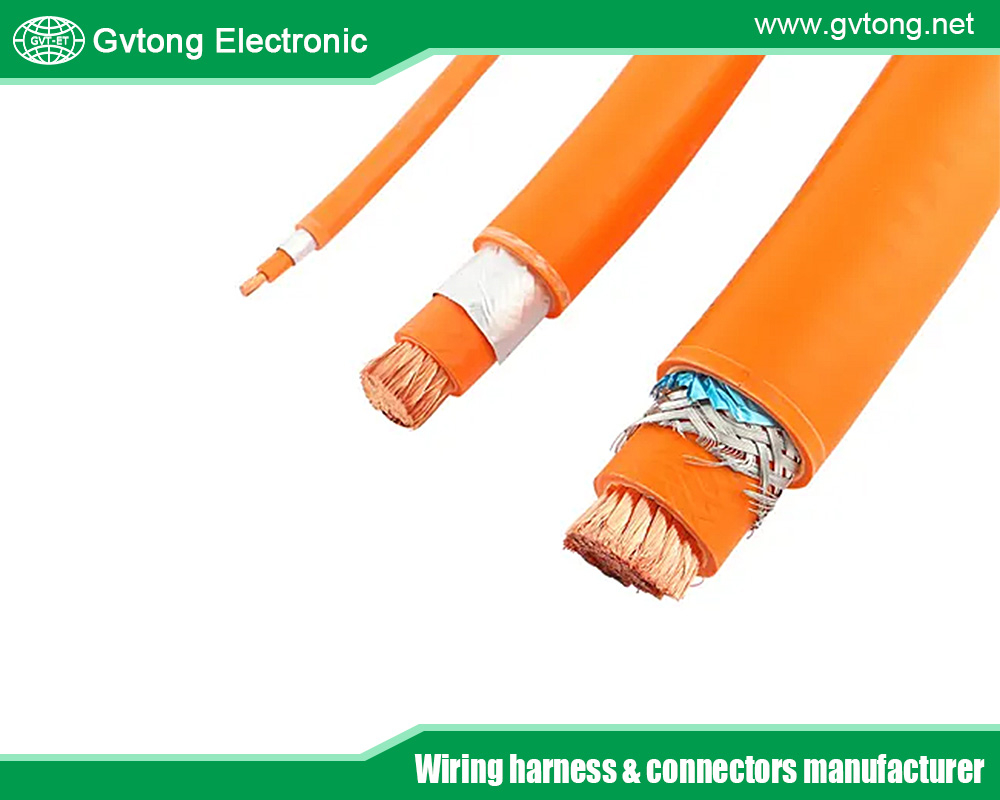
Conclusion
Automotive low voltage electrical wiring connectors are foundational to vehicle functionality, from bullet connectors to advanced Deutsch and Weatherpack options. Mastery of their types, applications, and proper handling ensures safe, reliable electrical systems. As automotive technology advances, these components remain critical, making their understanding essential for all involved in vehicle care.
For more about types of automotive low voltage electrical wiring connectors, you can pay a visit to Gvtong at https://www.gvtong.net/ for more info.
Recent Posts
The Best GR Series-Circular Connectors Manufacturer
The Best GD Series Combined Power Connector Manufacturer
A Guide to Selecting the Best GH Series Plastic Connector Manufacturer
How High Pressure Connectors Work?
The Best Automotive Connector Companies
Tags
Recommended Products
-
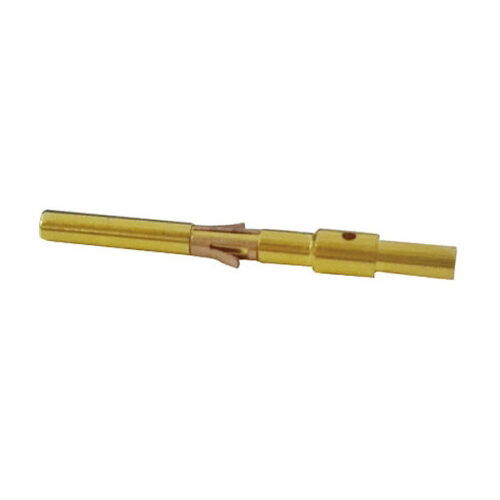
1.0 mm signal pin
-
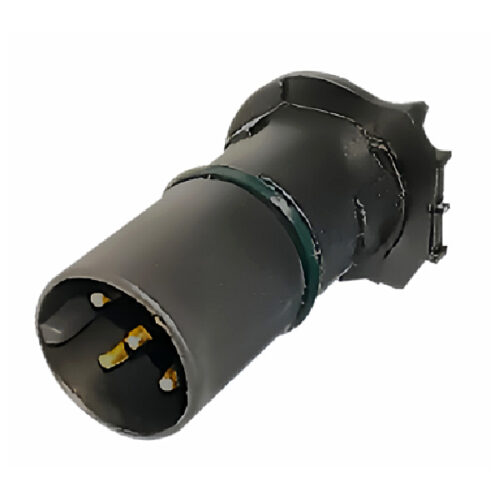
GT Series-Automotive Wiring Pins Connector -5-Pin Socket, 5-Pin Electrical Connectors For Motor Controller
-
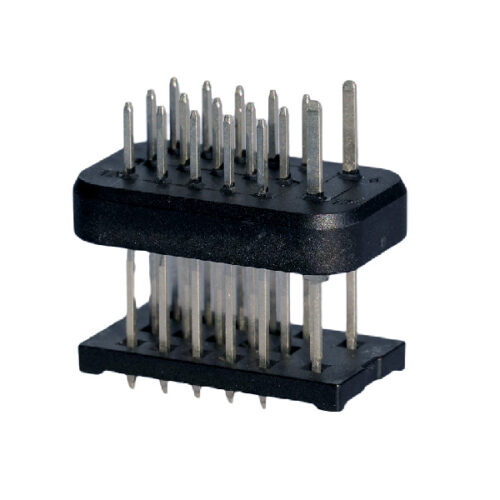
GE Series-17PIN Signal Connector
-
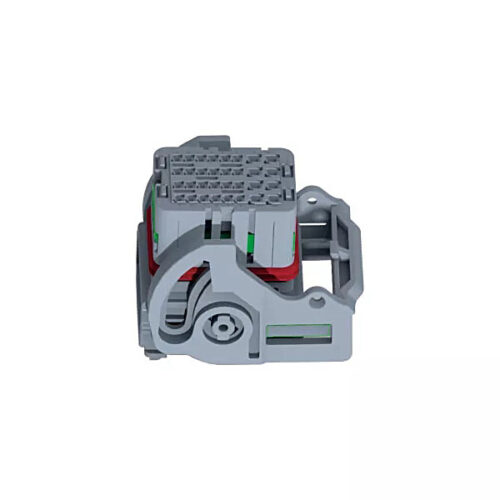
Low voltage connector-30PIN socket + plug
-
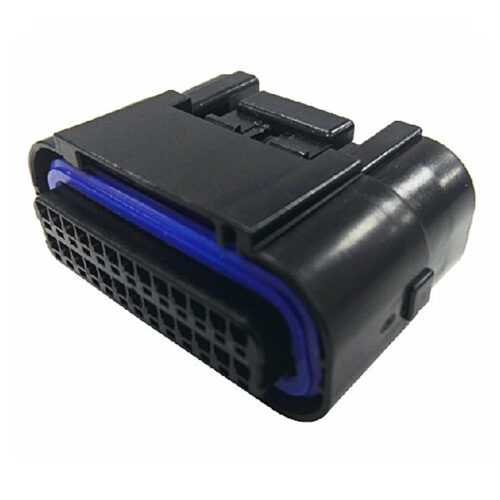
GE Series-18/26-core double-row signal connector
-
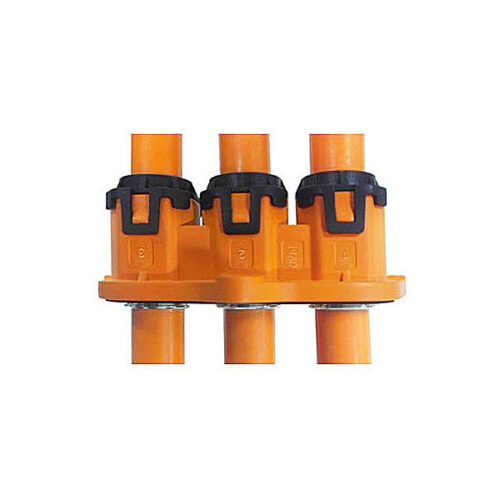
Automotive 3-Core Plastic Via Connector, 3-Pin Automotive DC Connectors, Automotive Plugs Cnd Connectors
-
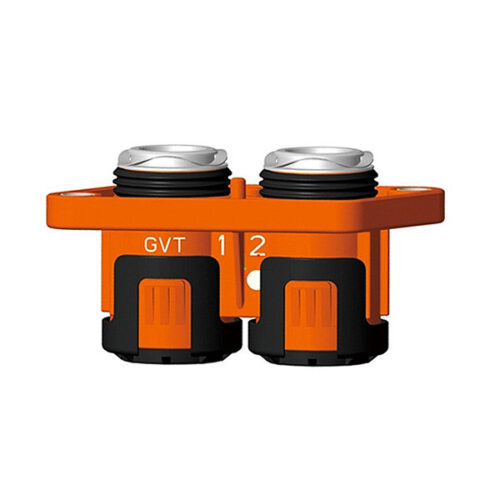
GIPT two-core wiring connector
-
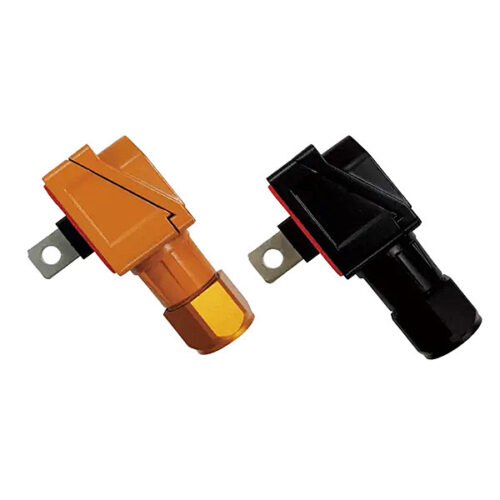
Positive and negative terminal box – oblique opening
